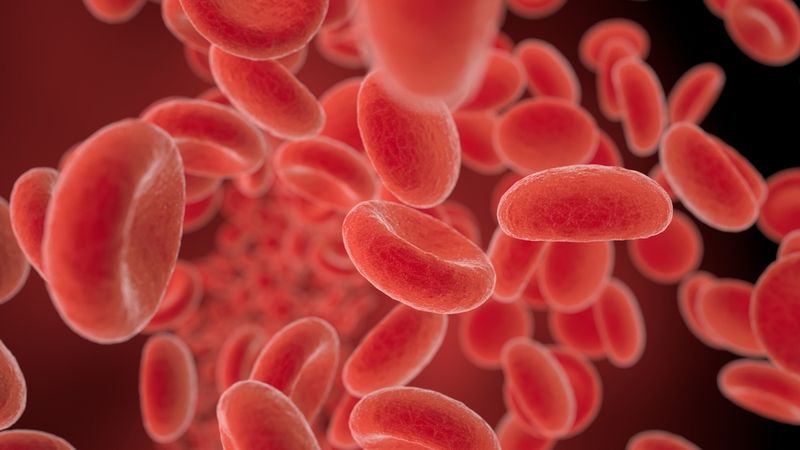Neuromorphic E-Noses in Medical and Industrial Applications
Exploring the Fusion of Neuromorphic Computing and Electronic Noses for Advanced Sensory Solutions
This article is a summary of the full white paper "Finding Bacteria in Blood: Scaling A Hardware-Driven Neuromorphic Solution for Real-World E-Nose Applications". Read it here.
Neuromorphic approach to replicating human senses
Technology has made significant strides in replicating human senses and mimicking the sense of smell. Electronic noses (e-noses), devices designed to detect and analyze odors, have become integral in medical diagnostics and food quality control. However, current e-nose technologies face portability, energy efficiency, and accuracy limitations. Recent research presents an innovative neuromorphic approach, using spiking neural networks and data-to-spike encoding, to overcome these challenges, offering a more effective and practical e-nose solution.
The Experiment: Detecting Bacteria in Blood
Dataset Overview
The 'bacteria in blood' dataset, integral to this research, was collected as part of the Mednose project at Örebro University. This dataset is pivotal for the early detection of various bacterial species in blood samples, serving as a critical tool for rapid and accurate diagnostics. It encompasses a comprehensive collection of 1200 samples, with each of the ten bacterial species represented by 120 samples. This extensive dataset is instrumental in understanding the unique chemical signatures emitted by different bacteria, which is crucial for effective diagnosis and treatment strategies.
Data Preprocessing and Encoding
The preprocessing of this dataset involves baseline cancellation to eliminate background noise and scaling of sensor responses for consistency. Two innovative encoding algorithms, Address Event Representation for Olfaction (AERO) and Step Forward (SF), were employed to convert sensor data into a digital format. AERO structures sensor information into a grid, creating digital snapshots of scents. SF focuses on changes in odor data exceeding a certain threshold, inspired by the human sensory system's attention to dynamic information. These algorithms effectively capture and interpret the complex odor signatures associated with different bacteria types.
The Akida™ classifier model developed in this study demonstrated a high classification accuracy of 97.42% in identifying ten different bacteria species, marking a significant advancement in electronic noses and neuromorphic computing.
Achieving High Accuracy and Efficiency
In neuromorphic computing, enhancing electronic noses (e-noses) for practical applications such as detecting bacteria in the blood and optimizing the Spiking Neural Network (SNN) is crucial. This optimization is essential for effective odor detection, impacting the system's accuracy, efficiency, and speed.
Optimization Strategies
The optimization of the SNN in this context involves fine-tuning various parameters and structures to maximize the efficiency of odor detection. Key aspects include adjusting the number of neurons associated with each odor class, the active connections each neuron should have, and the intensity of learning competition among neurons. This process ensures that the SNN can accurately identify patterns in the incoming data and respond rapidly, effectively mimicking the human brain's neuronal activity.
These optimizations are rooted in biological processes like Spike Time Dependent Plasticity (STDP), which allows the network to strengthen synaptic connections based on frequently encountered activation patterns. This learning mode is fundamental to how the brain adapts and responds to sensory input, making it an ideal model for neuromorphic systems like the Akida NSoC.
Performance Evaluation
The performance of the optimized SNN is evaluated based on several critical factors: classification accuracy, power efficiency, and speed of odor detection. In the case of detecting bacteria in blood, the system demonstrated high mean classification accuracies, especially with the early data points in the sampling process. This indicates that the essential features for odor differentiation are present early on, allowing for rapid and accurate classification.
Power efficiency is another crucial metric directly impacting the system's viability in practical applications. The optimized SNN, as implemented in the Akida NSoC, shows remarkable energy efficiency, consuming minimal power while maintaining high throughput. This aspect is essential for portable or remote applications where power resources are limited.
The speed of odor detection is the final critical measure of the system's performance. The optimized SNN demonstrates the ability to process and classify odors swiftly, a vital feature for applications requiring real-time analysis, such as medical diagnostics or food quality control.
Optimizing the SNN for e-nose applications, as demonstrated in the Akida NSoC, represents a significant advancement in neuromorphic technology. It combines high accuracy, energy efficiency, and speed. It is a promising solution for real-world applications in healthcare diagnostics and other sectors where rapid and reliable odor detection is crucial.
Real-World Applications and Implications
As demonstrated in the study "Finding Bacteria in Blood," neuromorphic technology shows immense potential in transforming healthcare and rapid disease diagnosis. This technology can significantly speed up the identification of various strains of bacteria in the blood, which is crucial for diagnosing diseases accurately and promptly. Its portability and accuracy make it an invaluable tool in remote locations or outside traditional clinical facilities, providing critical healthcare services in underserved areas.
Beyond healthcare, neuromorphic technology has broader applications in agriculture, environmental monitoring, and industrial processes. Its ability to mimic human sensory systems allows for advanced detection and analysis capabilities, making it a valuable tool for quality control in food production, pollutant detection, and much more.
Conclusion
The advancements in neuromorphic technology, in sensory applications like electronic noses, herald a new era in AI and machine learning. Its transformative potential lies in bringing more efficient, accurate, and low-power solutions to real-world challenges. As this technology continues to evolve, it promises to revolutionize numerous industries, improving processes and outcomes across multiple sectors.
Additional Information
Please refer to the white paper "Finding Bacteria in Blood: Scaling A Hardware-Driven Neuromorphic Solution for Real-World E-Nose Applications" for further reading and detailed insights. It provides an in-depth exploration of the technology and its applications. Additionally, for a broader understanding of neuromorphic applications in medicine, the paper "Neuromorphic applications in Medicine," published on PubMed, offers a comprehensive overview.

